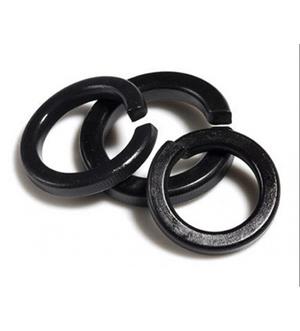Self-Tapping Screw Sizes - Complete Guide for DIY Projects
Understanding Self-Tapping Screw Sizes
Self-tapping screws are essential fasteners widely used in various construction and DIY applications. They have a unique design that allows them to create their own mating thread in the material they are driven into, making them incredibly versatile. To effectively utilize self-tapping screws, it's crucial to understand their size classifications, which include dimensions such as diameter, length, and thread type.
Screw Sizes Explained
Self-tapping screws are measured in gauge and inches. The gauge indicates the thickness of the screw, while the length is measured from the top of the head to the end of the screw. Common sizes range from 6 (about 0.138 inches) to 14 (about 0.194 inches) in diameter, with lengths typically varying from 1/2 inch to 4 inches or even longer for specialized applications. Choosing the right size is critical, as a screw that is too small may not hold securely, while one that is too large can damage the material being fastened.
Types of Self-Tapping Screws
selftapping screw sizes

Self-tapping screws come in several types, including thread-forming and thread-cutting screws. Thread-forming screws are designed for materials like plastic, aluminum, or softer metals, creating threads by displacing material without cutting. On the other hand, thread-cutting screws are suited for harder materials and create a hole by cutting the material as they are driven in. Understanding the type of material you are working with will help determine the appropriate screw size and type to use.
Head Styles and Drive Types
Additionally, self-tapping screws are available in various head styles—such as pan, flat, and hex—each serving different aesthetic and functional purposes. The head style can affect the screw's performance and the finished appearance of the project. The drive type, which includes options like Phillips, slotted, and Torx, also influences how easily the screw can be tightened or loosened. It’s important to select a drive that matches the tools you have available and suits the installation conditions.
Conclusion
In summary, understanding self-tapping screw sizes and types is essential for anyone involved in construction or DIY projects. Proper application of these screws not only enhances the integrity of assemblies but also ensures efficiency in the installation process. When selecting self-tapping screws, pay careful attention to their gauge, length, type, head style, and drive type to achieve the best results. With the right knowledge and tools, you can confidently tackle a wide range of projects, ensuring that everything holds together securely.
-
Top Choices for Plasterboard FixingNewsDec.26,2024
-
The Versatility of Specialty WashersNewsDec.26,2024
-
Secure Your ProjectsNewsDec.26,2024
-
Essential Screws for Chipboard Flooring ProjectsNewsDec.26,2024
-
Choosing the Right Drywall ScrewsNewsDec.26,2024
-
Black Phosphate Screws for Superior PerformanceNewsDec.26,2024
-
The Versatile Choice of Nylon Flat Washers for Your NeedsNewsDec.18,2024










